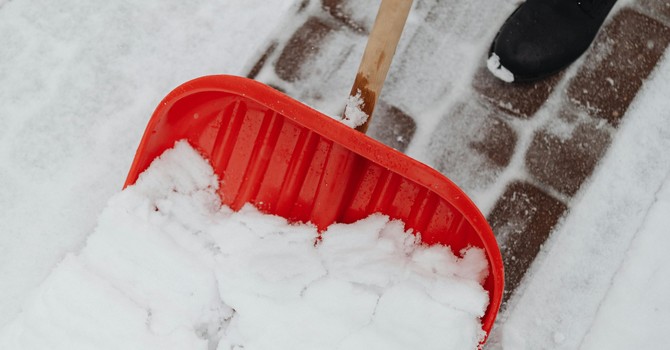
Last week we discussed how inflammation can start in the gut, how it can lead to many systemic problems, and how tracking foods that trigger inflammation can help reduce symptoms. What happens if the inflammation is out of control? If the symbiotic relationship between gut and bacteria begins to break down, it may be necessary to use nutrition to completely rebuild the system. Let’s dive into how inflammation can go too far and what steps we can take to fix the environment in the intestines.
WHAT IS INFLAMMATION DOING
The intestinal tract is lined with cells that have been specifically designed for their location. The top of the cell that faces the inner surface where digestion takes place is covered in finger-like projections called villi. These create little folds and ripples along the digestive tract that increase surface area and allow for optimal absorption of nutrients. The sides of each cell are lined with sticky protein complexes called tight junctions; these keep the intestinal lining held together, preventing toxins or forign entities from entering the blood-stream.
Inflammation can begin to break down both of these cellular structures. The villi will begin to flatten out causing reduction in absorption of nutrients and tight junctions break down, allowing toxic substances to permeate inside. The inflammation will also begin to kill off the good bacteria found in the gut, allowing bad bacteria to thrive. These bacteria produce toxins that further breakdown the gut and increase the inflammatory response. This begins an endless cycle of damage to the intestinal lining.
WEED, SEED, AND FEED - HOW TO HEAL THE GUT
One of the ways nutritionists deal with IBS or IBD is by taking specific steps to heal the gut. If you were to ask your nutritionist in Rochester, NY, he would suggest a very specific protocol to get your gut back in shape! The weed, feed, and seed protocol uses dietary changes at specific times to return the gut to a healthy state.
Weeding is the first step. The goal is to transform the gut into a hostile environment for the bad bacteria. Grains and sugars can’t be consumed during this phase because these types of foods are consumed by bad bacteria to thrive. Different antibacterial herbs will be introduced in different meals. These include garlic, oregano, and goldenseal. A tablespoon of apple cider vinegar each day will also disinfect the gut.
Seeding is the second step and will begin the repair process in the intestines. The goal is to introduce foods that are the building blocks of healthy gut bacteria. At this point, probiotic foods need to be introduced into the diet. These will reintroduce the good bacteria back into the gut. One of the best probiotic foods is yogurt. To speed up this process, it may be necessary to supplement with a probiotic. To help feed the new good bacteria, the diet during this phase needs to have plenty of fiber as well since good bacteria live off of the fiber that we can’t digest. They get a delicious meal while we have healthier bowel movements.
Feeding is the final step to continue healing the gut while maintaining the new healthy bacteria. The diet at this stage needs to continue to have plenty of fiber, but this step will also introduce new prebiotic foods to the diet. Foods like onion, asparagus, bananas, and garlic all contain inulin. Inulin is a favorite food for the good bacteria and allows them to thrive. This phase also begins to feed the intestinal lining by repairing tight junctions. Chicken, fish, and other foods high in glutamine will also be introduced to the diet as it is essential in the repair of these tight junctions. At least 5 grams per day should be consumed and can be supplemented if necessary.
Once the protocol is started, modifying your diet between weed, feed, and seed is not difficult. The initial diet modifications of this protocol usually pose the biggest challenge to deal with; grains and sugars are oftentimes staples in a normal diet and can be difficult to cut out. Here at Rush-Henrietta Family Chiropractic, we have experience helping individuals begin these difficult dietary changes. Our nutritionist will sit down with you and set up a personalized game plan to give you the confidence necessary to maintain the new dietary lifestyle.



